Updated July 26, 2024
What’s the best mosque to visit in Istanbul? It took five trips to Istanbul before I finally visited the Sülemaniye. It wasn’t by design. I put it down to so many amazing mosques gracing the city. Now that I’ve visited quite a few, my advice is if you only have enough time to visit one, make it the Sülemaniye.
The best mosque to visit in Istanbul
Why visit the Sülemaniye Mosque?
- It’s an architectural masterpiece.
- The complex as a whole is interesting to explore.
- It offers stunning views of Istanbul.
- It’s the grandest work of Mimar Sinan, the most famous and talented of Türkiye’s imperial architects. If you have time to visit only one of Sinan’s many masterpieces, this should be the one.
- Unlike Sultanahmet Camii (Blue Mosque) and Hagia Sophia, it doesn’t attract hordes of tourists.
1. Location
You won’t need a guidebook to find it. With its slender minarets and lofty dome, the Sülemaniye is one of the defining features of Istanbul’s impressive skyline. Stand on the Eminönü side of the Galata Bridge with the New Mosque on your left. Then, gaze upwards to the impressive mosque crowning the Third Hill of Istanbul. That’s the Süleymaniye, the grandest of them all. Choose a street and start climbing. Or, it’s an easy ten-minute walk down from the Grand Bazaar through a myriad of streets and markets.
2. The great Sinan, an architectural genius
It’s an architectural jewel, thanks to the marriage of power and genius.
It was commissioned by the brilliant military strategist and acclaimed legislator Süleyman the Magnificent (r 1520–66). Gracing Istanbul with architectural wonders is his legacy, made possible with the genius of Mimar Sinan.
Although Sinan described the smaller Selimiye Camii in Edirne as his best work, he chose to be buried in the Süleymaniye complex. Perhaps he predicted that this would be the work by which he would be best remembered. Mimar Sinan’s humble tomb, designed by the architect himself, sits where Mimar Sinan Caddesi meets Şifahane Sokak.

3. Sülemaniye complex
It’s not a single, stand-alone mosque. It’s a large complex, and many of its original külliye (mosque complex) buildings have been retained. They’ve been adapted for reuse – a fitting tribute to the 3,523 craftsmen who worked on its construction.
Exploring the 25-acre complex consumes several pleasurable hours.
4. The Mosque
The mosque was built between 1550 and 1557. The four minarets with their ten beautiful şerefes (balconies) are symbolic. They’re said to represent the fact that Süleyman was the fourth of the Osmanlı sultans to rule the city. And, he was the tenth sultan after the establishment of the Ottoman Empire.
Inside the mosque, every aspect of Sinan’s design beckons exploration. The four buttresses incorporated into the walls create a wide and open space, reminiscent of Hagia Sophia. The dome is almost as large as the one that crowns the Byzantine basilica. But it appears larger owing to its openness and brightness from 138 windows.
The decorative elements are minimal, and the effect is striking. It’s a fine example of ‘less is more.’ The mihrab (niche in a minaret indicating the direction of Mecca) is covered in fine İznik tiles. Other interior decoration includes window shutters inlaid with mother-of-pearl, and gorgeous stained-glass windows. The honeycomb detail of the painted muqarnas (corbels) is intricate. Painted pendentives and medallions feature fine calligraphy. A beautiful persimmon coloured rug covers the floor. Don’t be surprised if the rug bekons you to sit down to soak up the magnificence of the mosque’s interior.
It’s impossible not to be impressed by the massive restoration work to protect the complex. Like other historical buildings in Istanbul, the mosque has suffered a lot. In 1660, it was ravaged by fire. In 1766, part of the dome collapsed during an earthquake. During World War I, it served as a weapons depot, and suffered another fire when ammunition exploded. A two-year restoration project was completed in 2010, and work continues on buildings within the complex.
5. Külliye (Mosque complex)
Like most imperial mosques, the Süleymaniye was more than a place of worship. It had a full complement of public services. This included an imaret (public soup kitchen), tabhane (lodging for the poor and orphans), a darüşşifa (hospital), and a dâruttib (medical school). There were four medreses (religious schools), and a dârülkurrâ (Qur’an recitation school). There was a caravanserai for travellers, a bazaar, and hamamı (public baths).
Today, the imaret with its garden courtyard on Şifahane Sokak houses the Dârüzziyafe Restaurant. It’s an ideal spot to enjoy a glass of tea or traditional Turkish cuisine. A sign on a plane tree in the courtyard indicates it was planted in the middle of the sixteenth century. Imagine.
On one side is the former caravanserai, and on the other is Lale Bahçesi, a tea garden set in a sunken courtyard. It’s a popular hangout of university students.
The main entrance to the mosque is accessed via Professor Sıddık Sami Onar Caddesi. It was formerly known as Tiryaki Çarşışı (Market of the Addicts). The buildings here once housed three medreses and an elementary school. They’re now home to the Süleymaniye Library and several popular streetside fasulye (bean) restaurants. They used to be teahouses selling opium (hence the street’s former name). On the corner of Professor Sıddık Sami Onar Caddesi and Şifahane Sokak was the darüşşifa (hospital), now a printing factory.
The still-functioning Süleymaniye Hamamı is on the eastern side of the mosque. Its services are available to couples and families.
6. Tombs
To the right (southeast) of the main entrance is the cemetery. It’s home to the two mausoleums of Süleyman, his beloved wife Haseki Hürrem (Roxelana), daughter Mihrimah, his mother Dilaşub Saliha, and sister Asiye. The tile work in both is superb.
7. Surrounding Area
The streets surrounding the mosque feature what might be the best concentration of Ottoman timber houses in Istanbul. To see some, head down Felva Yokuşu (between the tabhane and Sinan’s tomb) and then veer right into Namahrem Sokak and Ayrancı Sokak. One of the many Ottoman-era houses was once occupied by Mimar Sinan; it now houses a cafe.
Or, from Professor Siddık Sami Onar Caddesi head southwest into narrow Ayşekadin Hamamı Sokak. Look for the ‘Süleymaniye Kütüphanesi’ sign in the middle of the souvenir stands. Follow it and Kayserili Ahmetpaşa Sokak down through the Molla Hüsrev district. It’s being restored as part of the Süleymaniye Urban Regeneration Project. Kayserili Ahmetpaşa Sokak boasts several attractive timber houses built in the late nineteenth and early twentieth centuries.
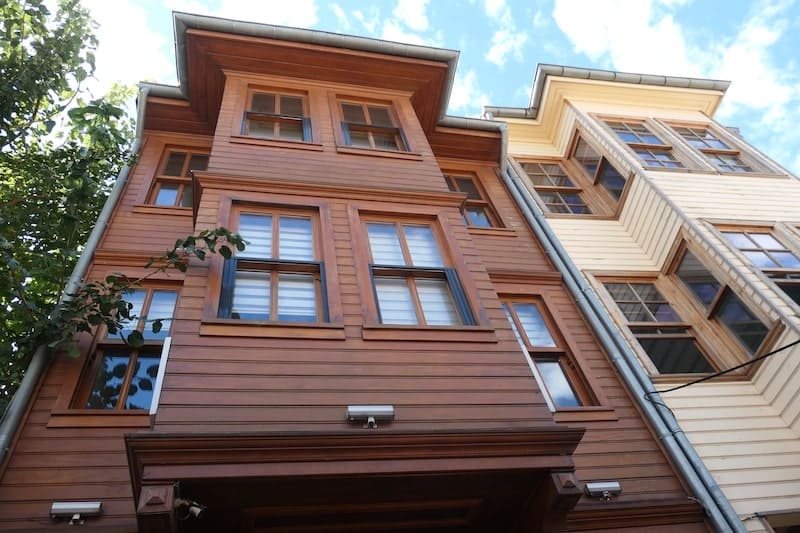
The külliye’s arasta (street of shops) built into the retaining wall of the terrace is worth exploring. It was here we found the best prices in the shop of a friendly and welcoming shopkeeper. Sign his guest book and pick up a few souvenirs.
8. Enjoy the view
In the garden behind the mosque is a terrace that looks out over the Golden Horn, Bosphorus, and Sea of Marmara to Asia. The street underneath once housed the külliye’s arasta (street of shops), built into the retaining wall of the terrace.

Near Mimar Sinan’s tomb by the Süleymaniye Mosque is the rooftop of the Mimar Sinan Café with exquisite views of the Golden Horn, Bosphorus, and Asian Istanbul.
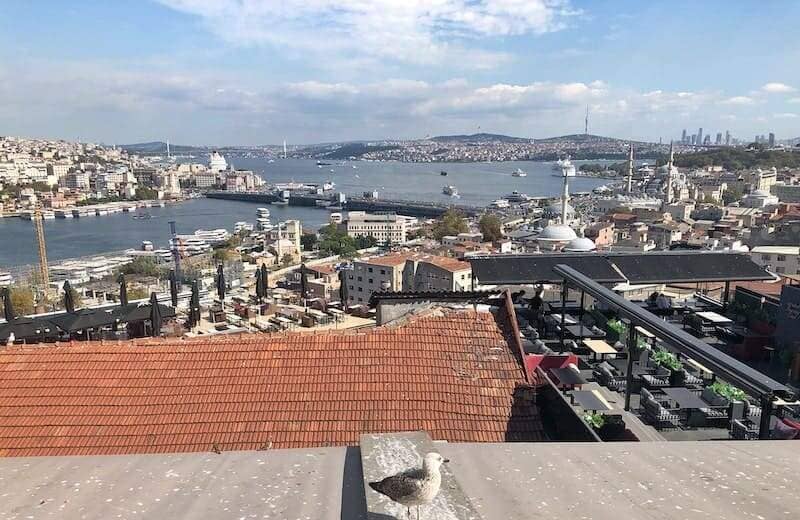
Conclusion
What’s the best mosque to visit in Istanbul? No question. My hands-down favourite is the Sülemaniye. By all means, follow the hoards of tourists to the Blue Mosque. It’s stunning, but if you only have enough time to visit one mosque in Istanbul, make it the Sülemaniye.
If you found this post helpful, please share it by selecting one or more social media buttons. What do you think? Have you visited any of Istanbul’s impressive mosques? If so, what was your favourite? Please share your thoughts in the comments. Thank you.
If Istanbul is part of your travel plans, you might be interested in:
- Explore Istanbul a budget: Get an Istanbulkart
- 35 Best things to do in Istanbul for a memorable visit
- The fascinating story of Istanbul’s rainbow stairs
- An amazing two-continent food tour in Istanbul
Are you venturing beyond Istanbul?
- Is ballooning in Cappadocia worth it?
- Connect with a rich history by visiting a caravanserai on the ancient Silk Road in Türkiye
- A relaxing blue cruise on a Turkish gulet: Seaborn Legend
- 7 Reasons to visit Derinkuyu ancient underground city in Turkiye
Pin it for later?

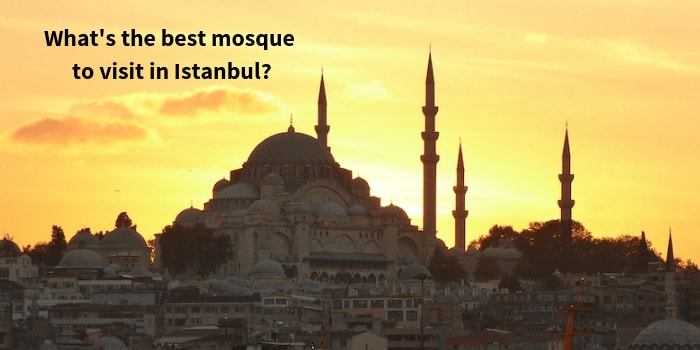
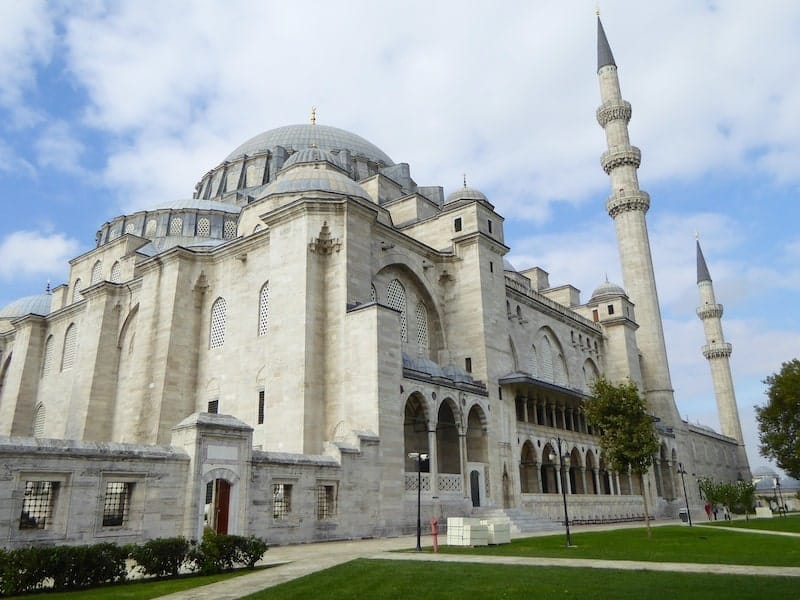
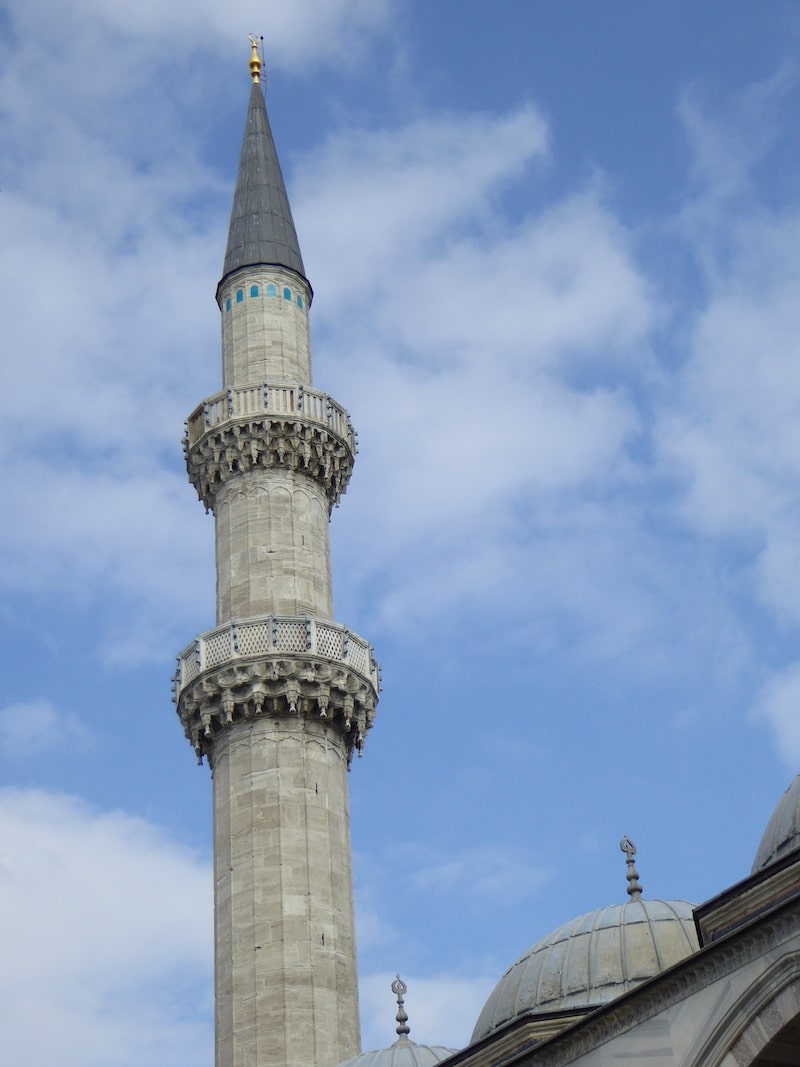
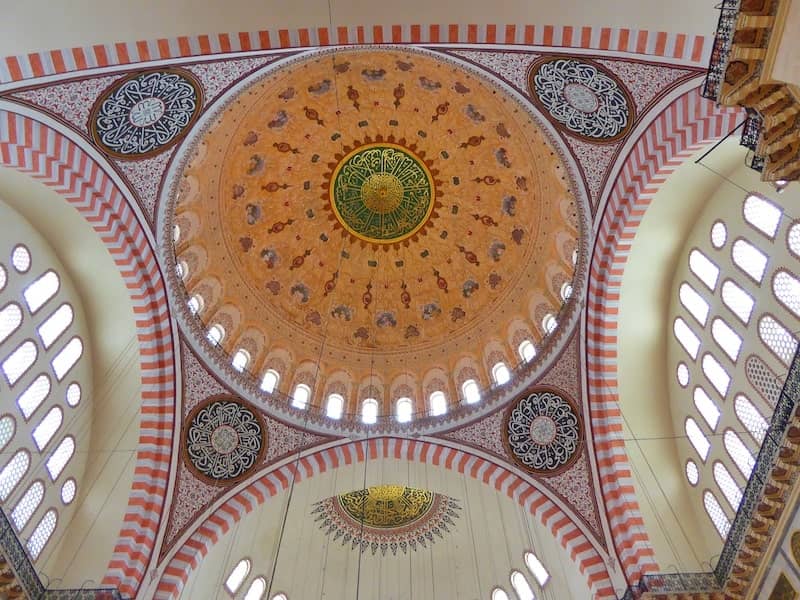
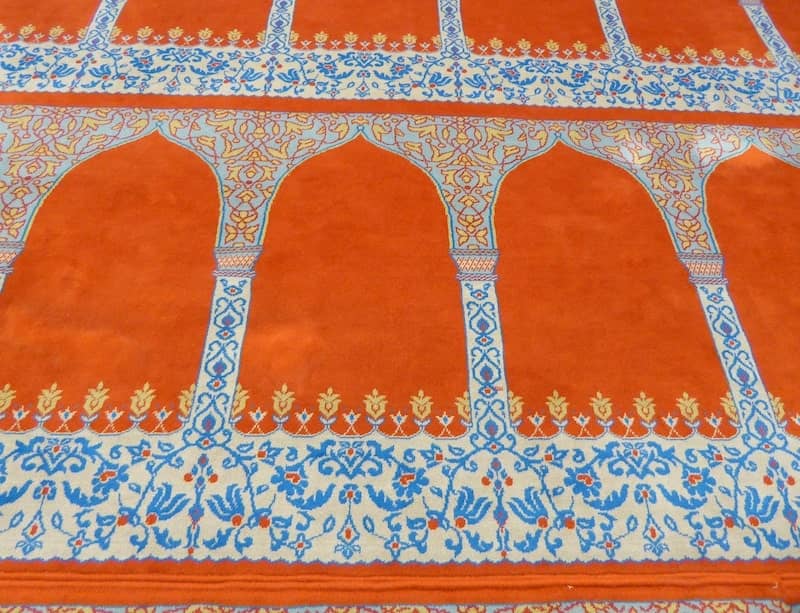
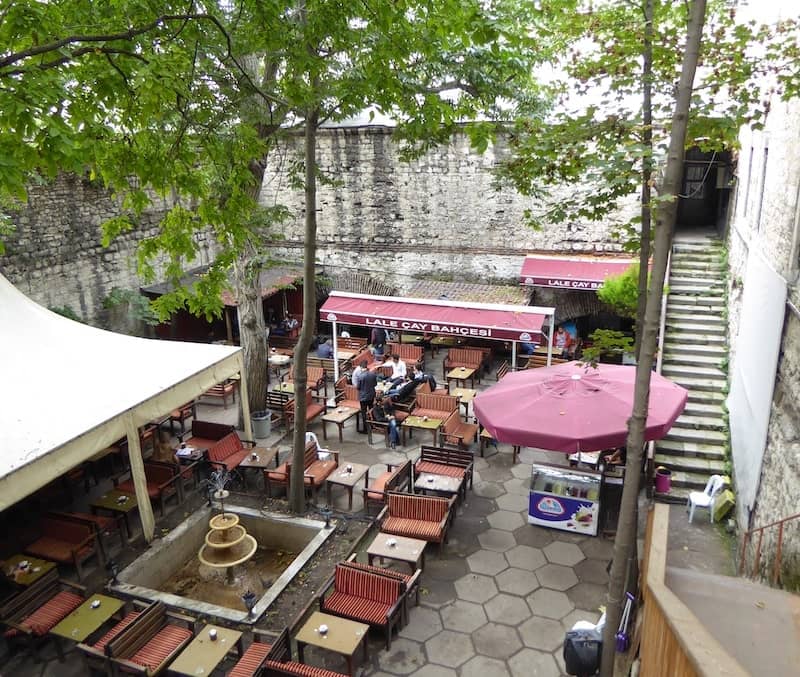
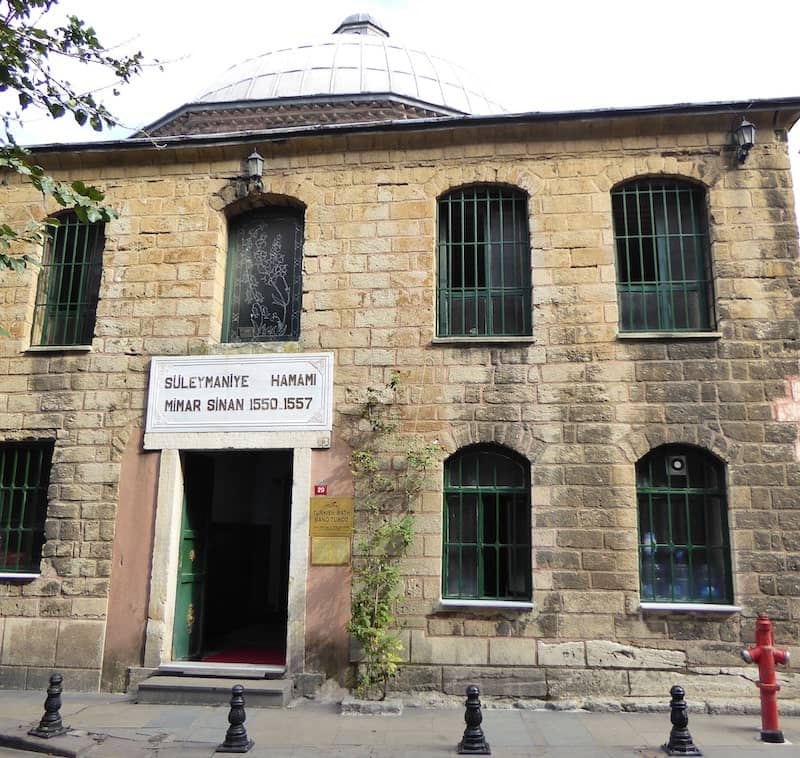
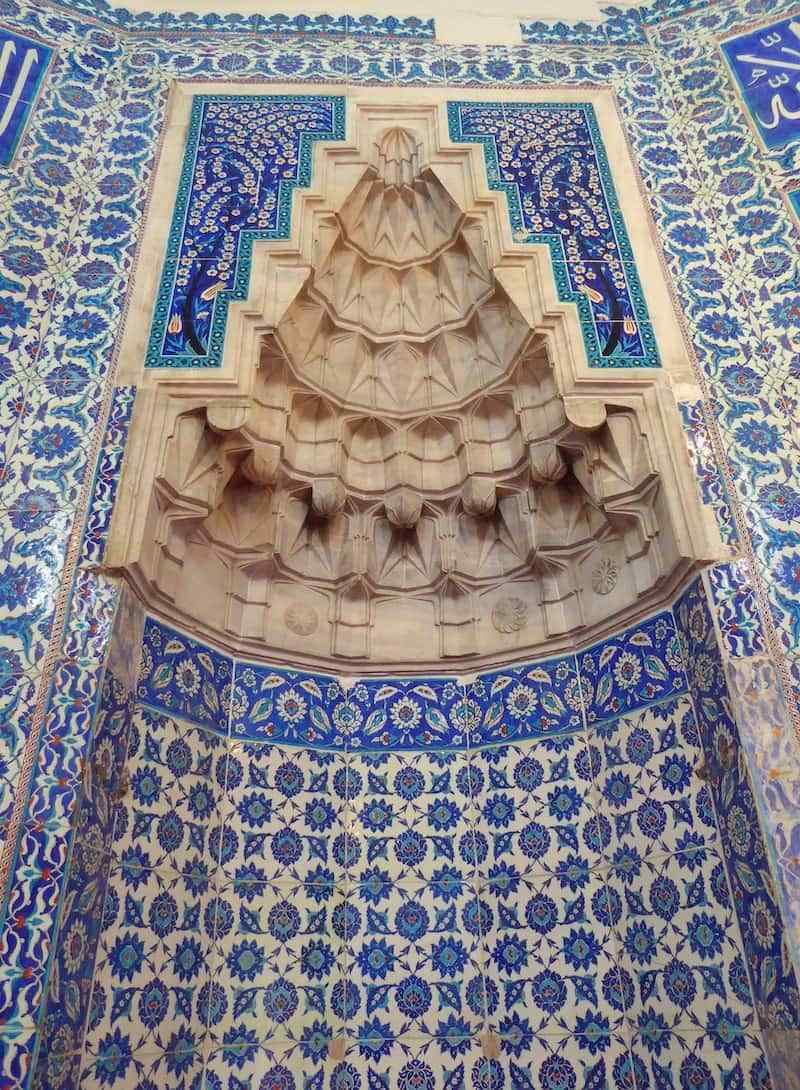






Trackbacks/Pingbacks